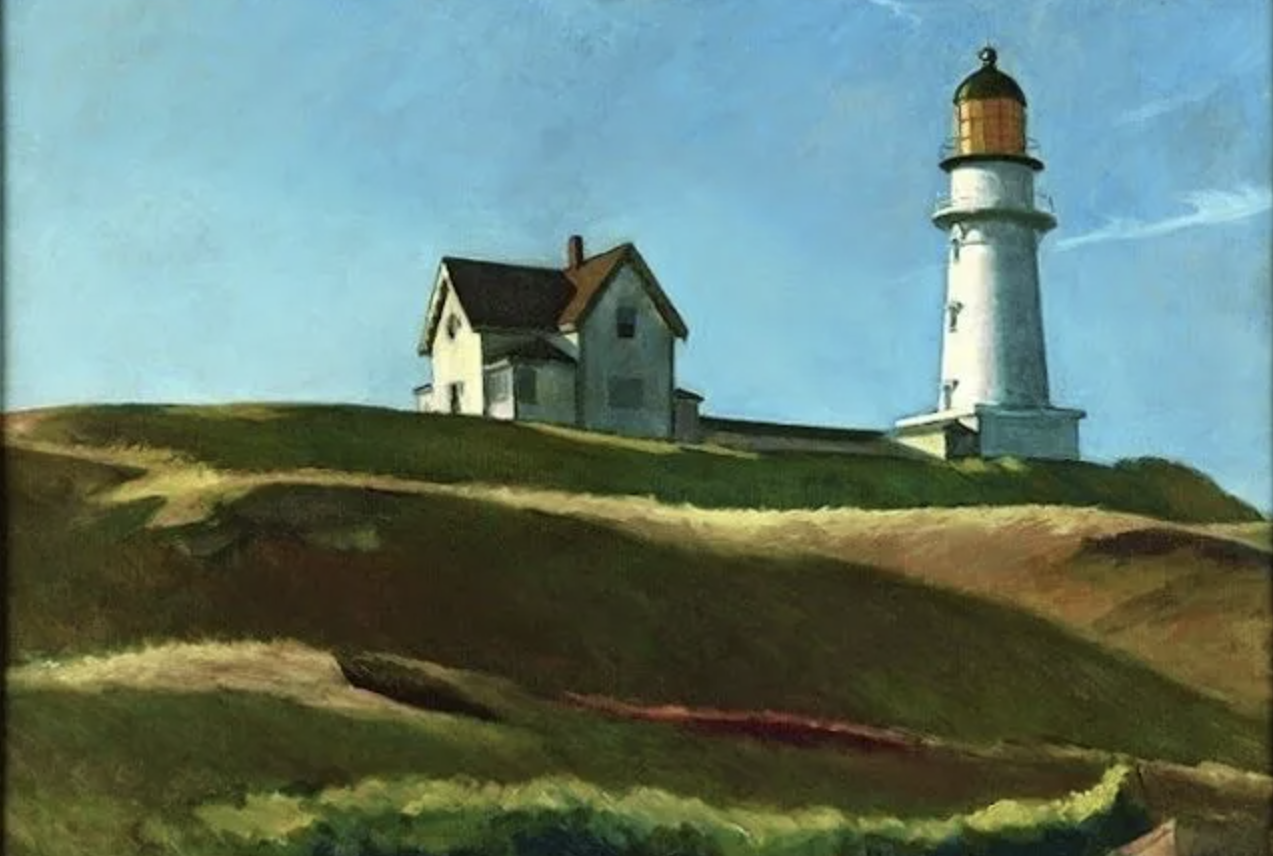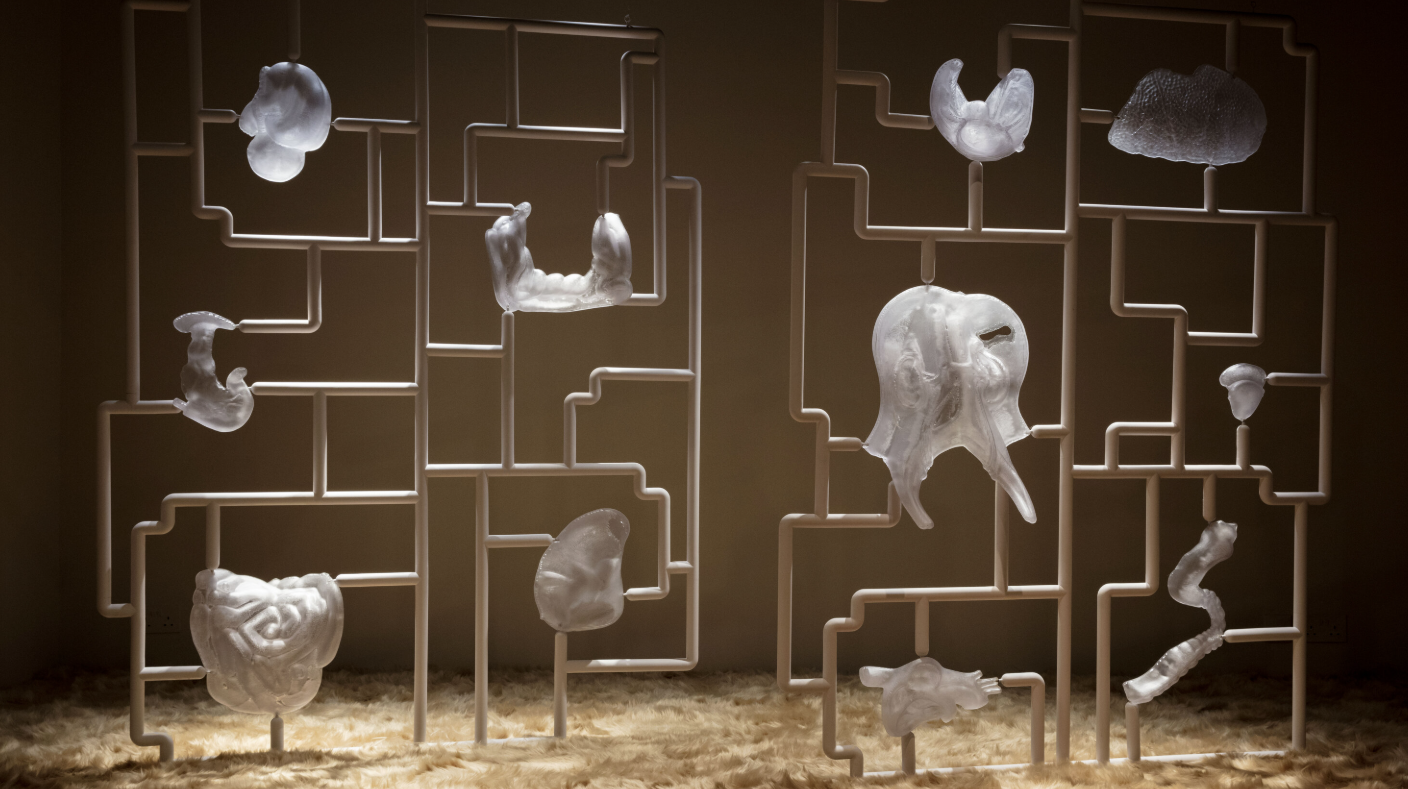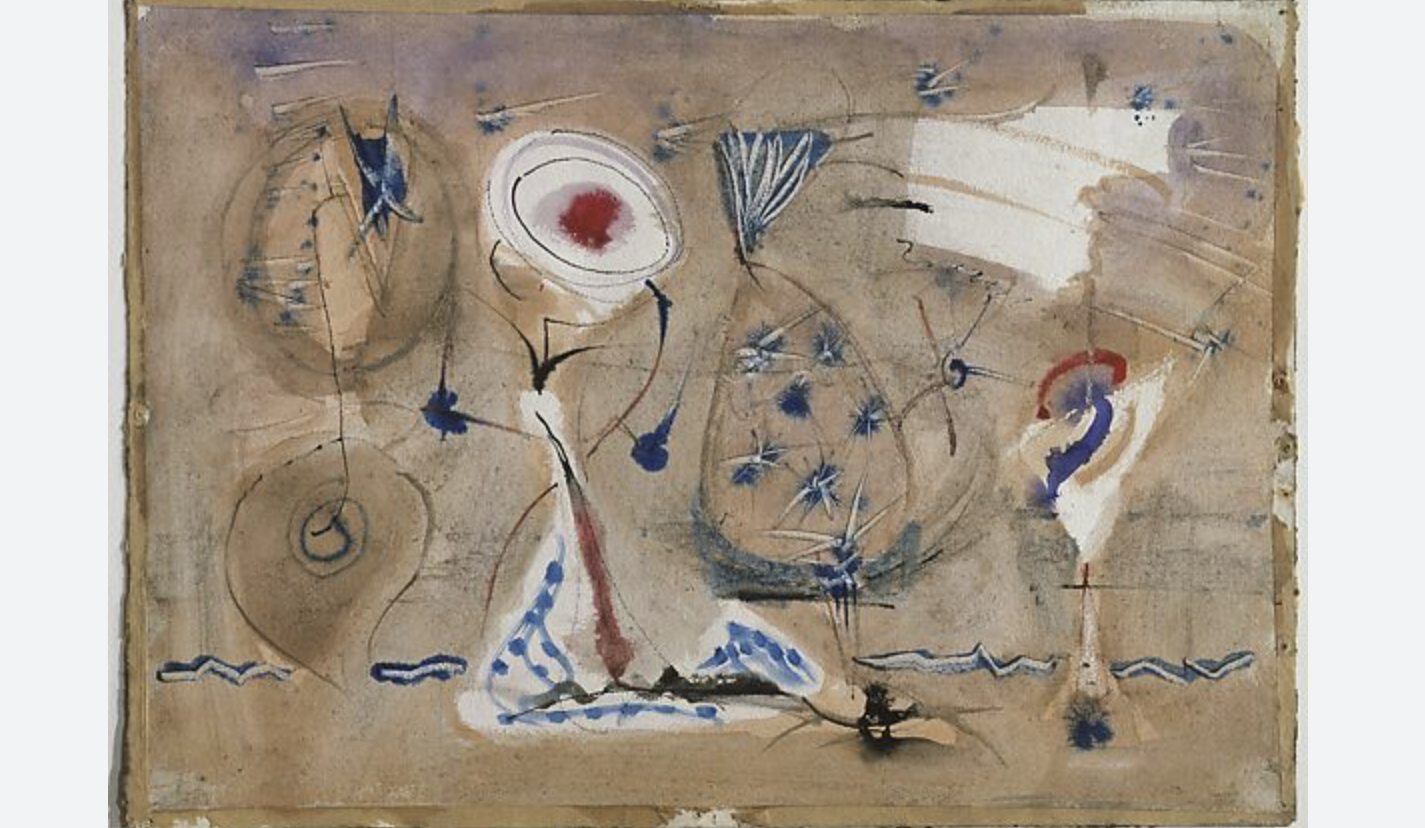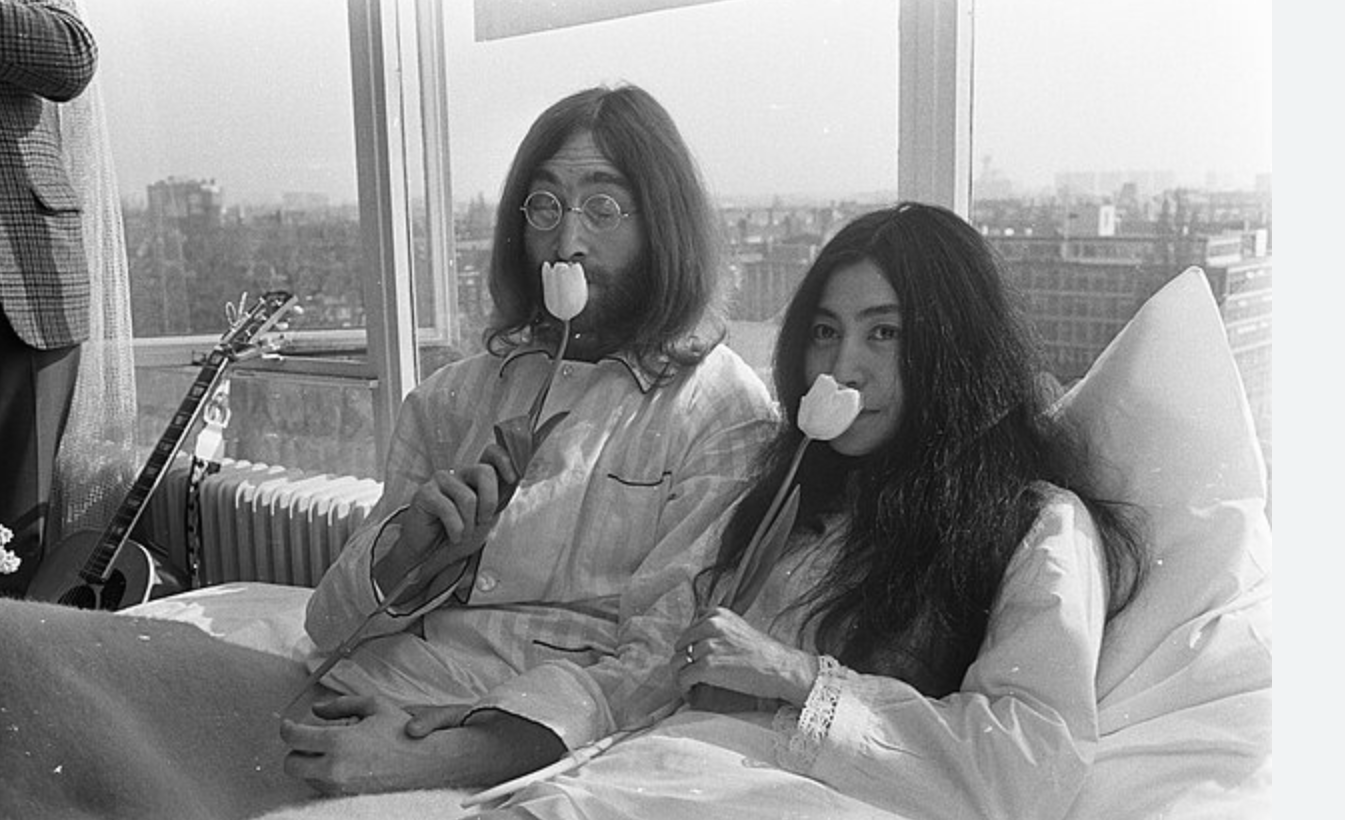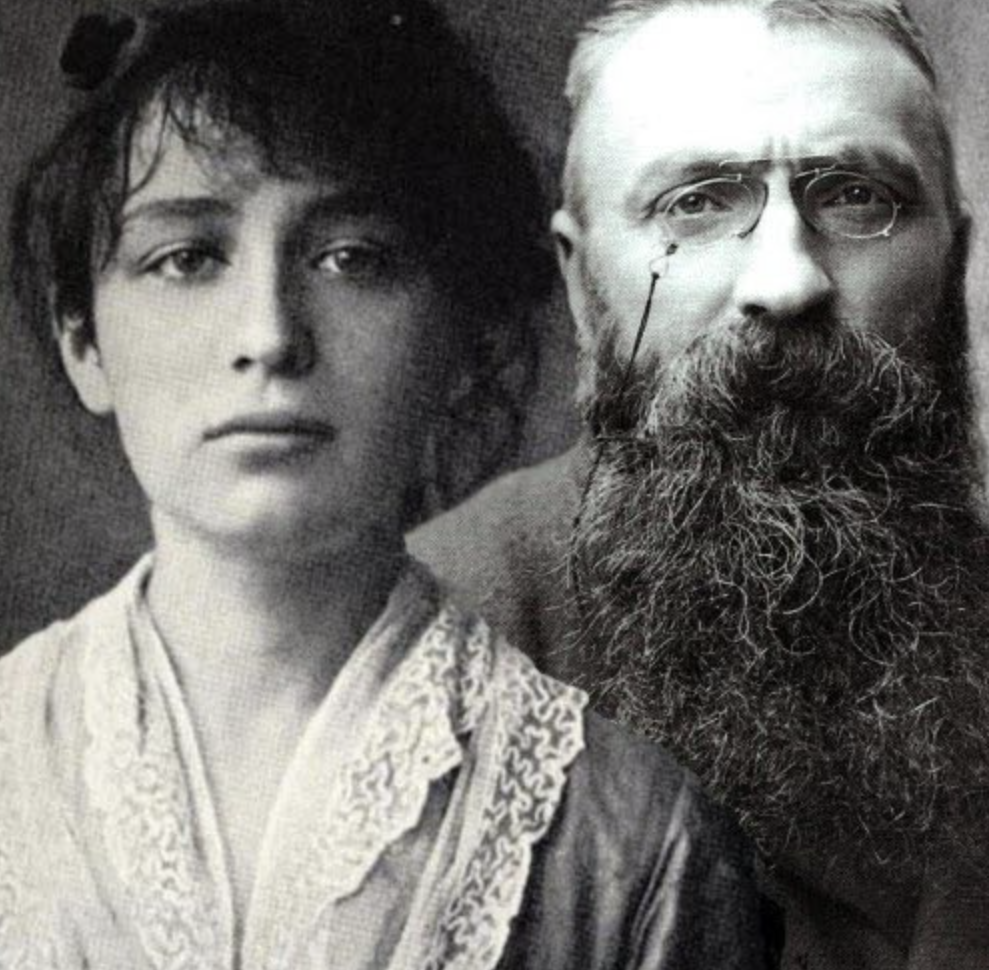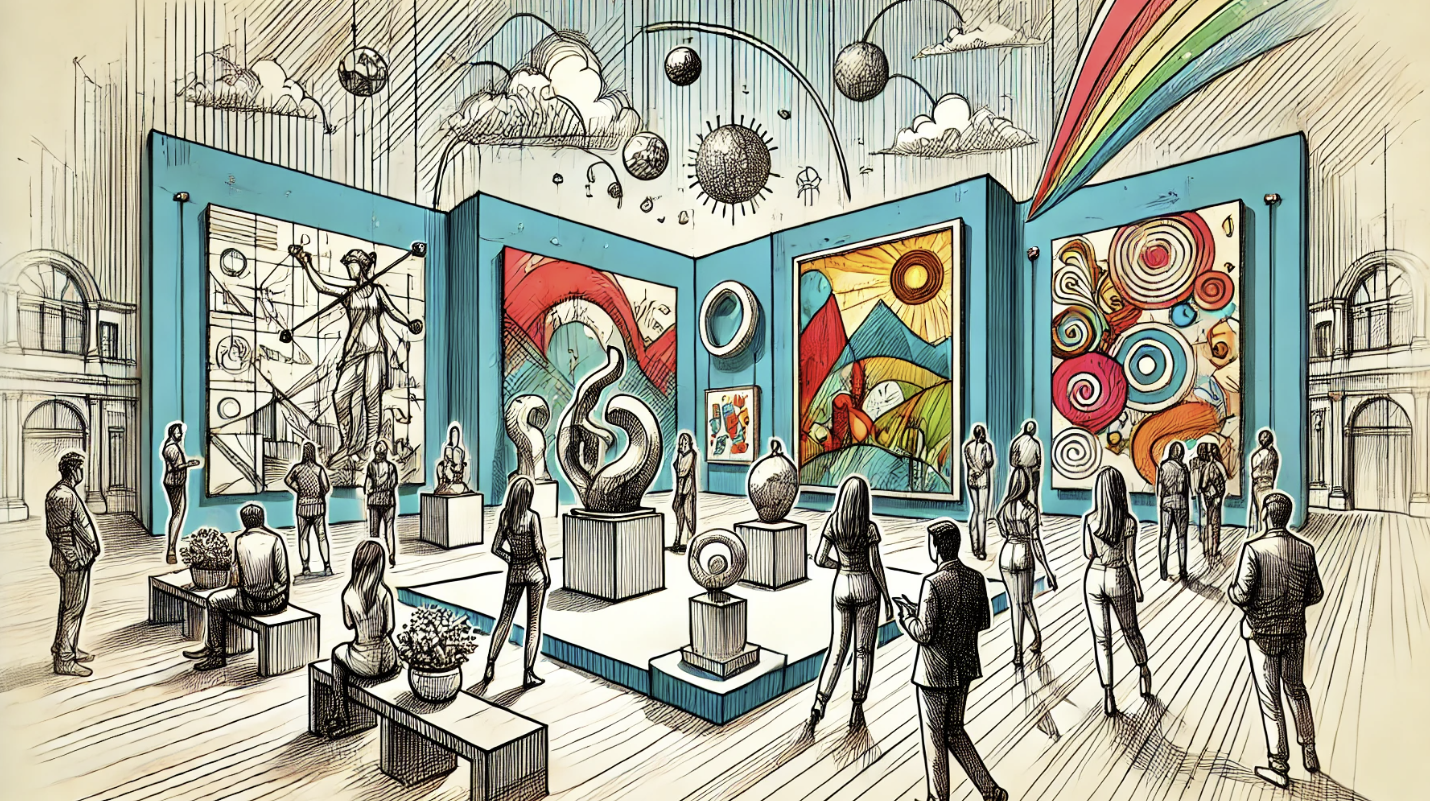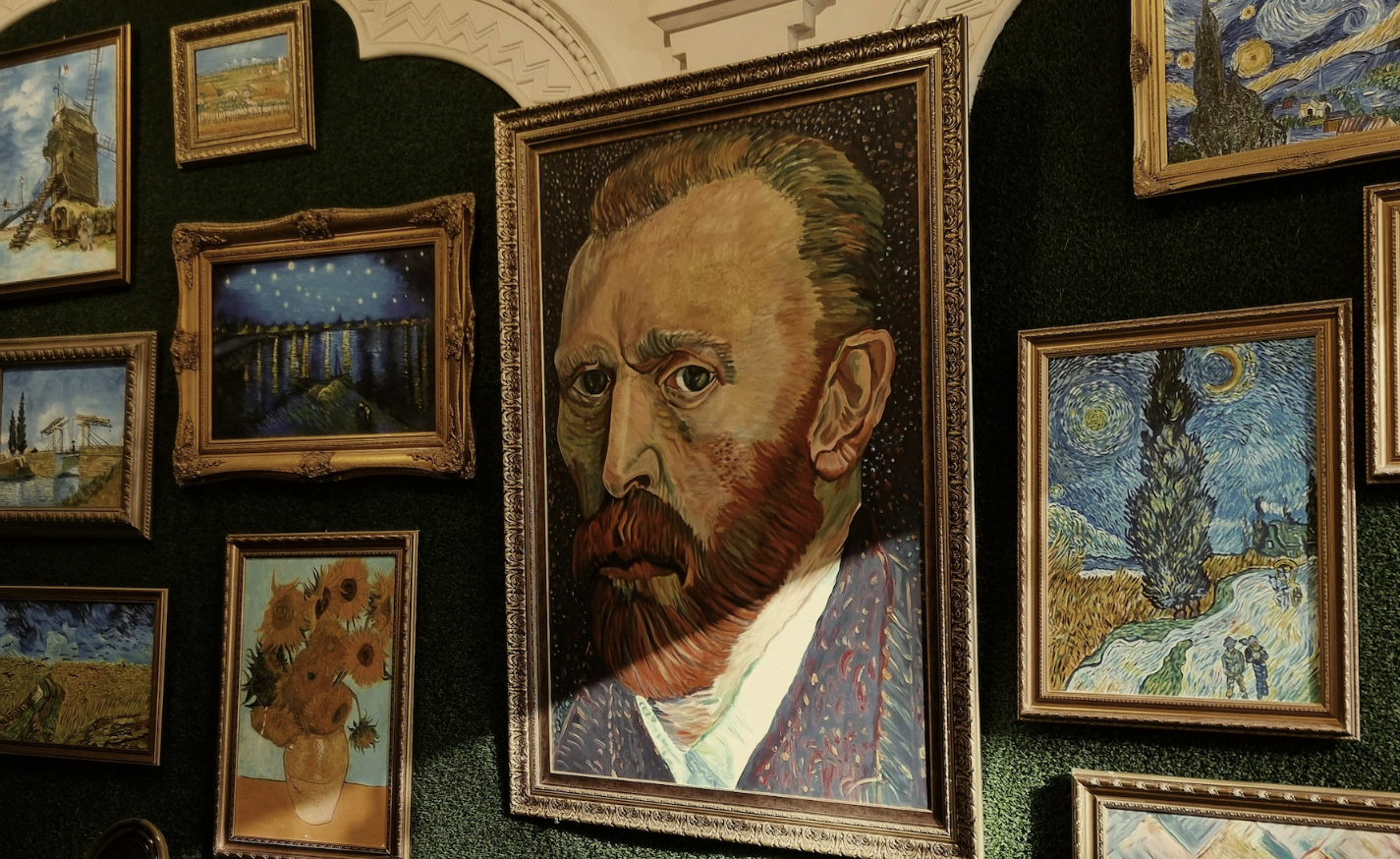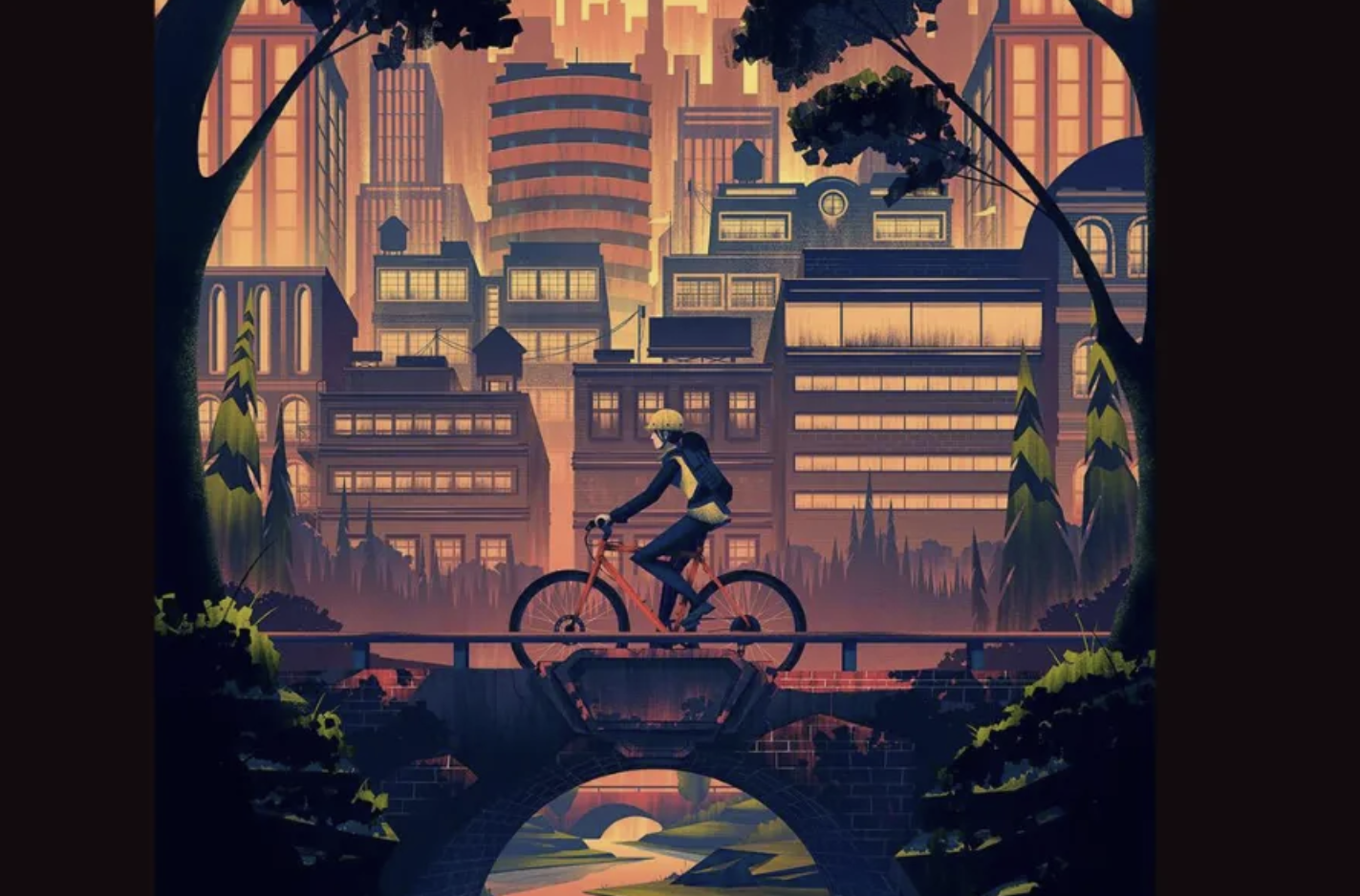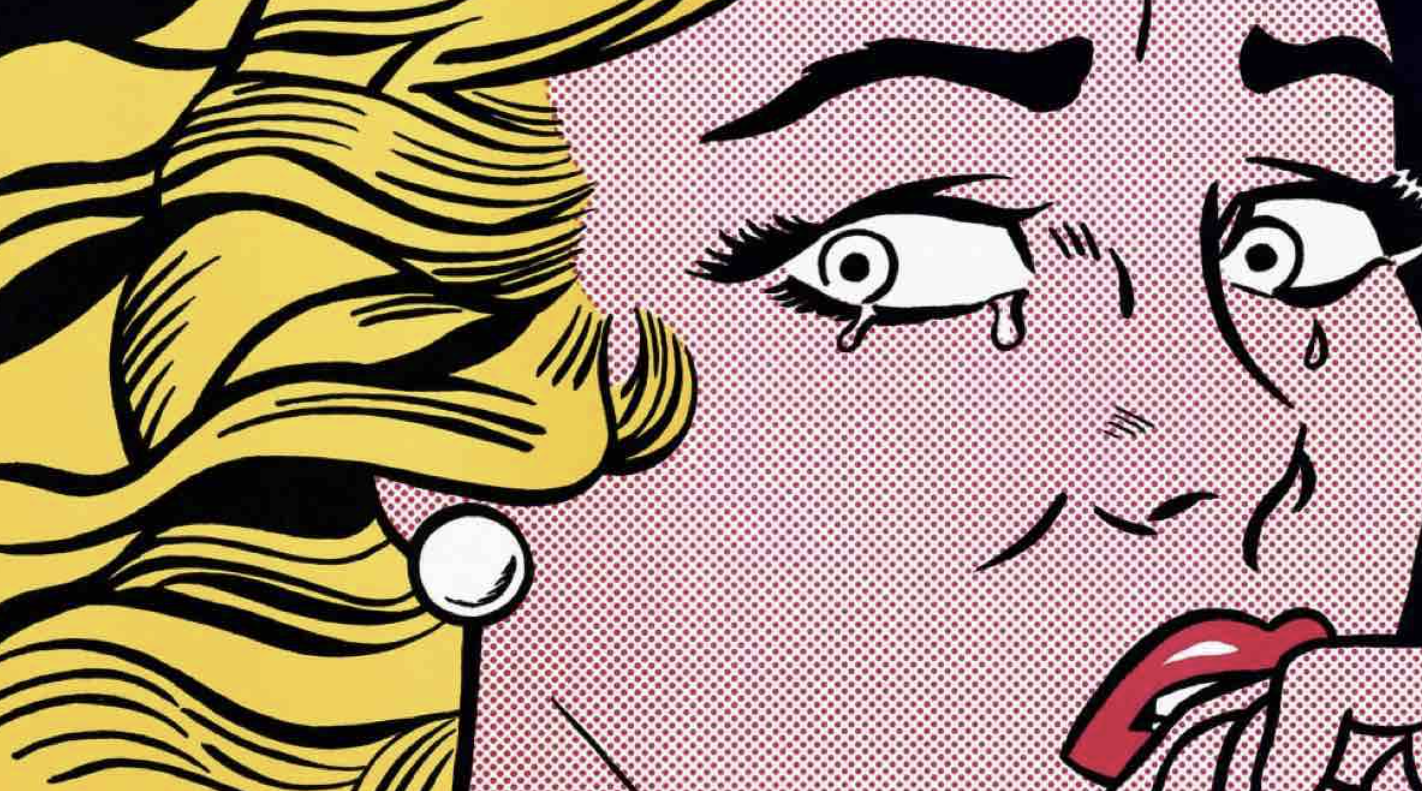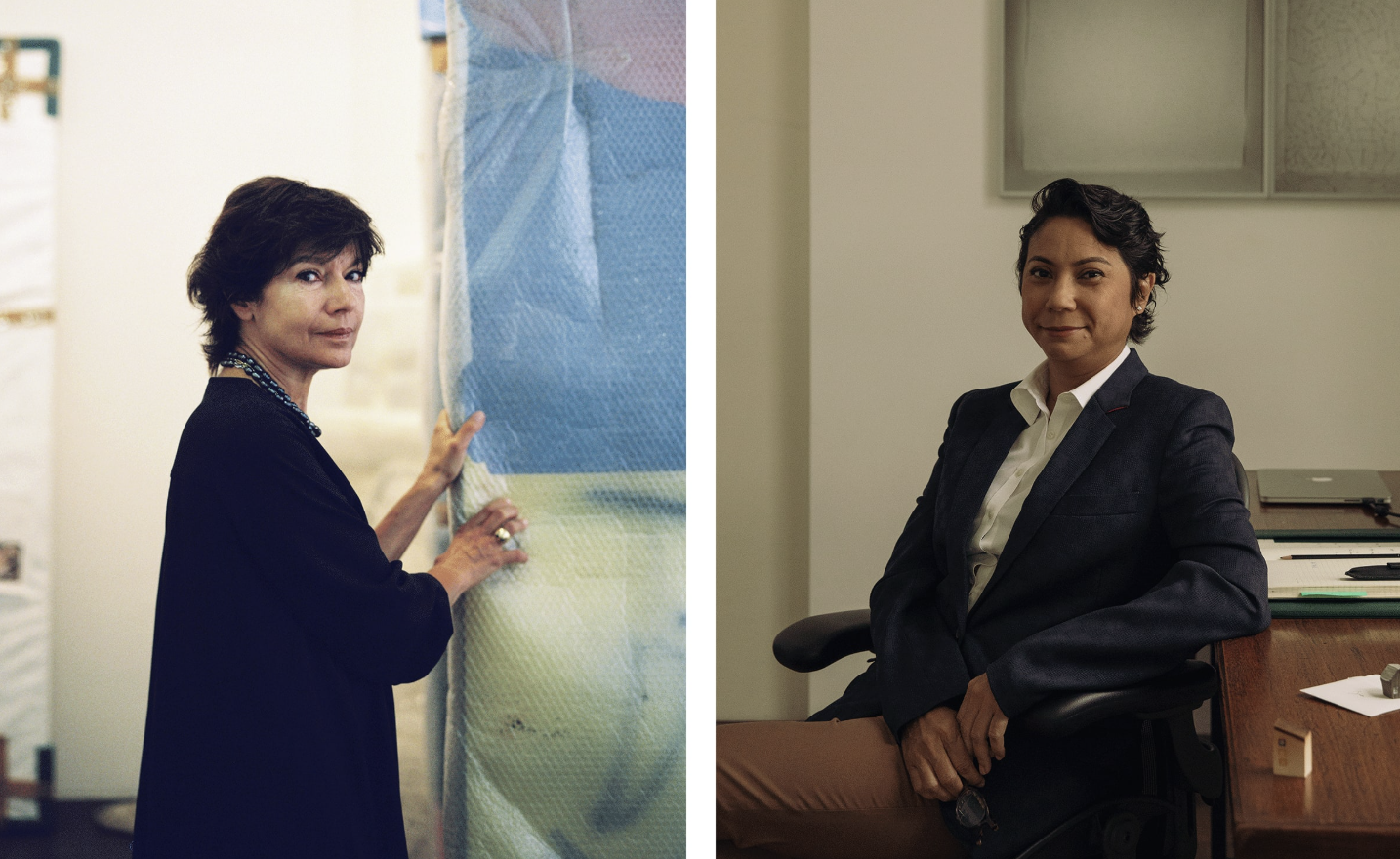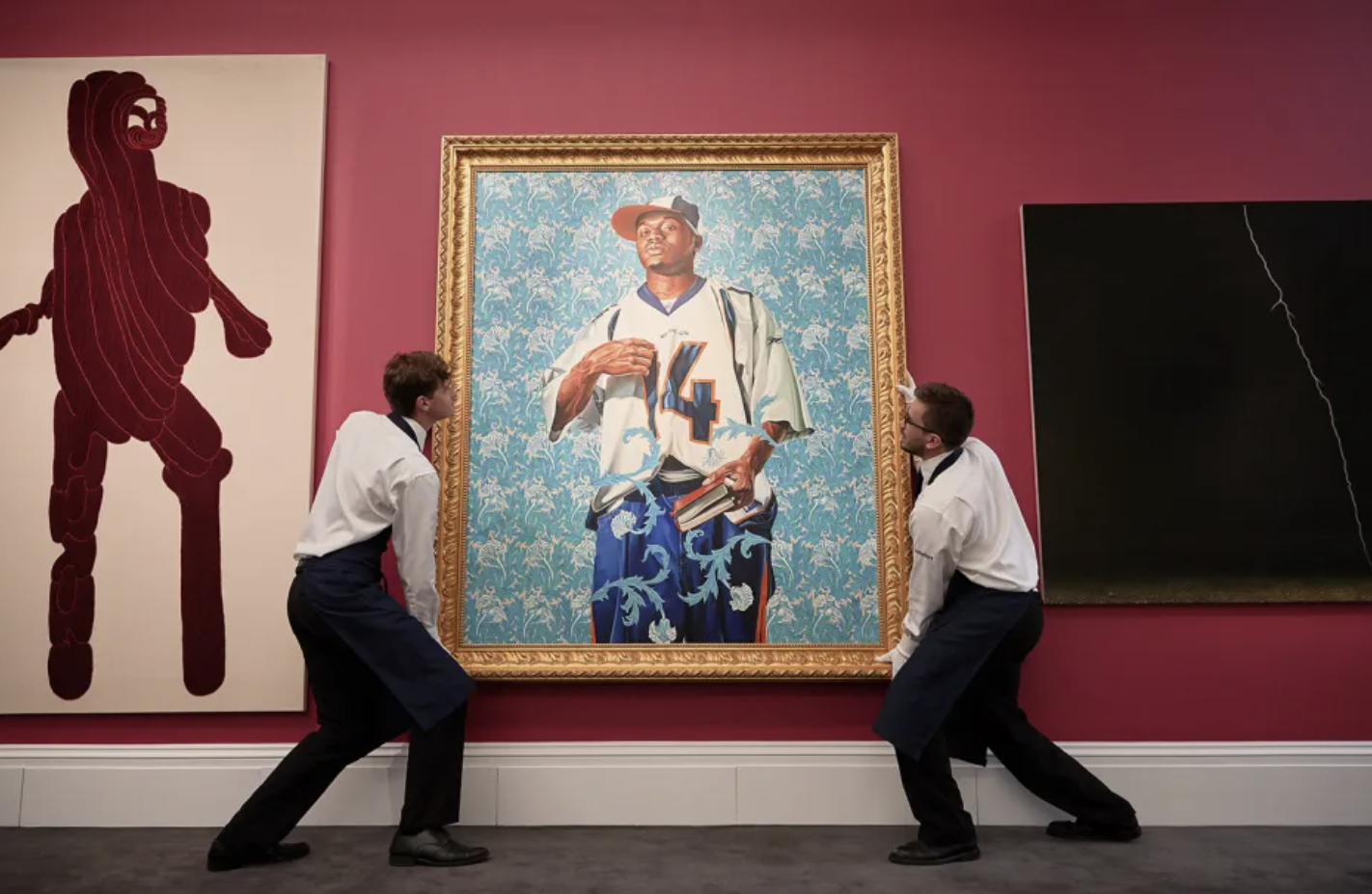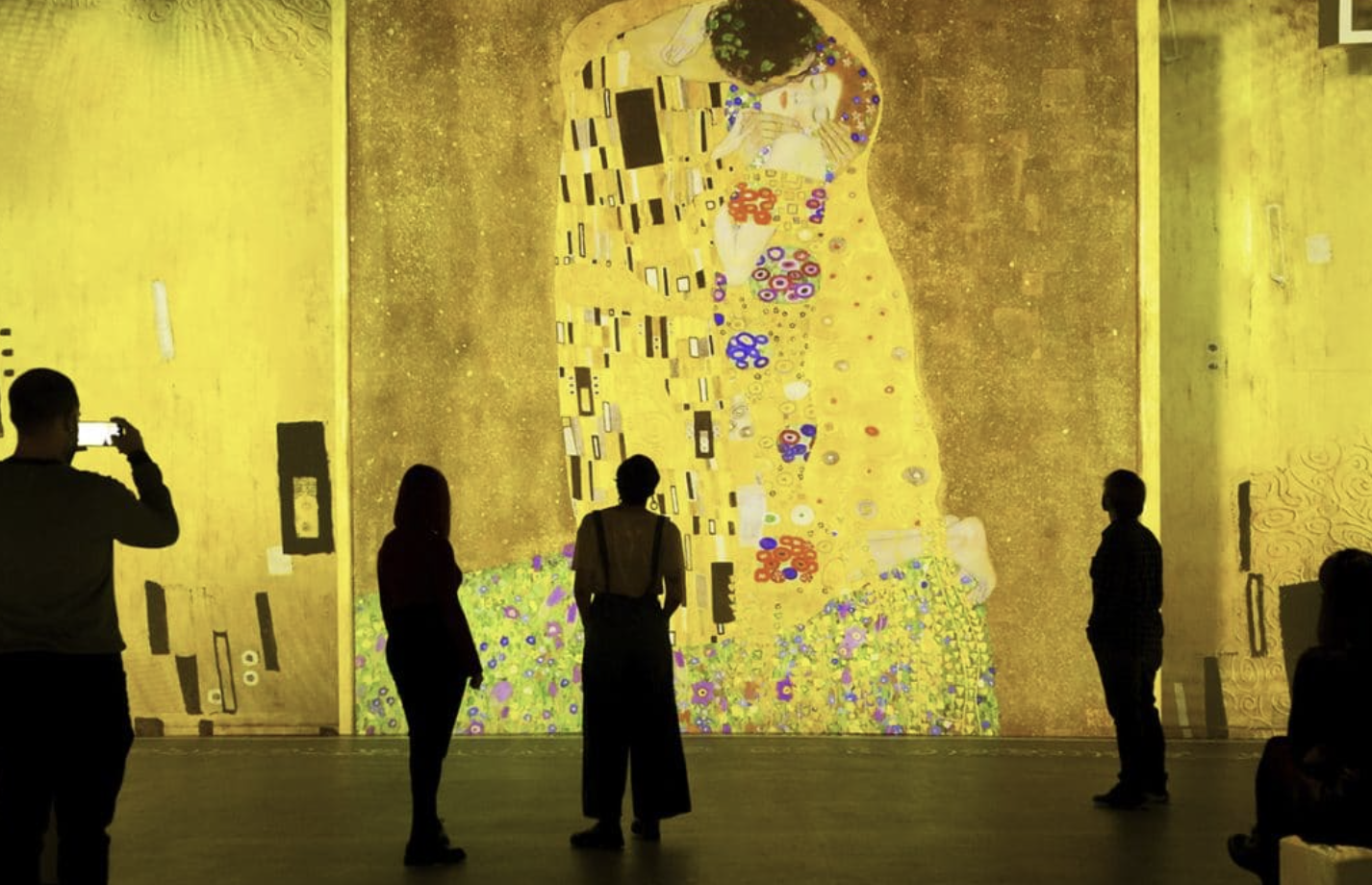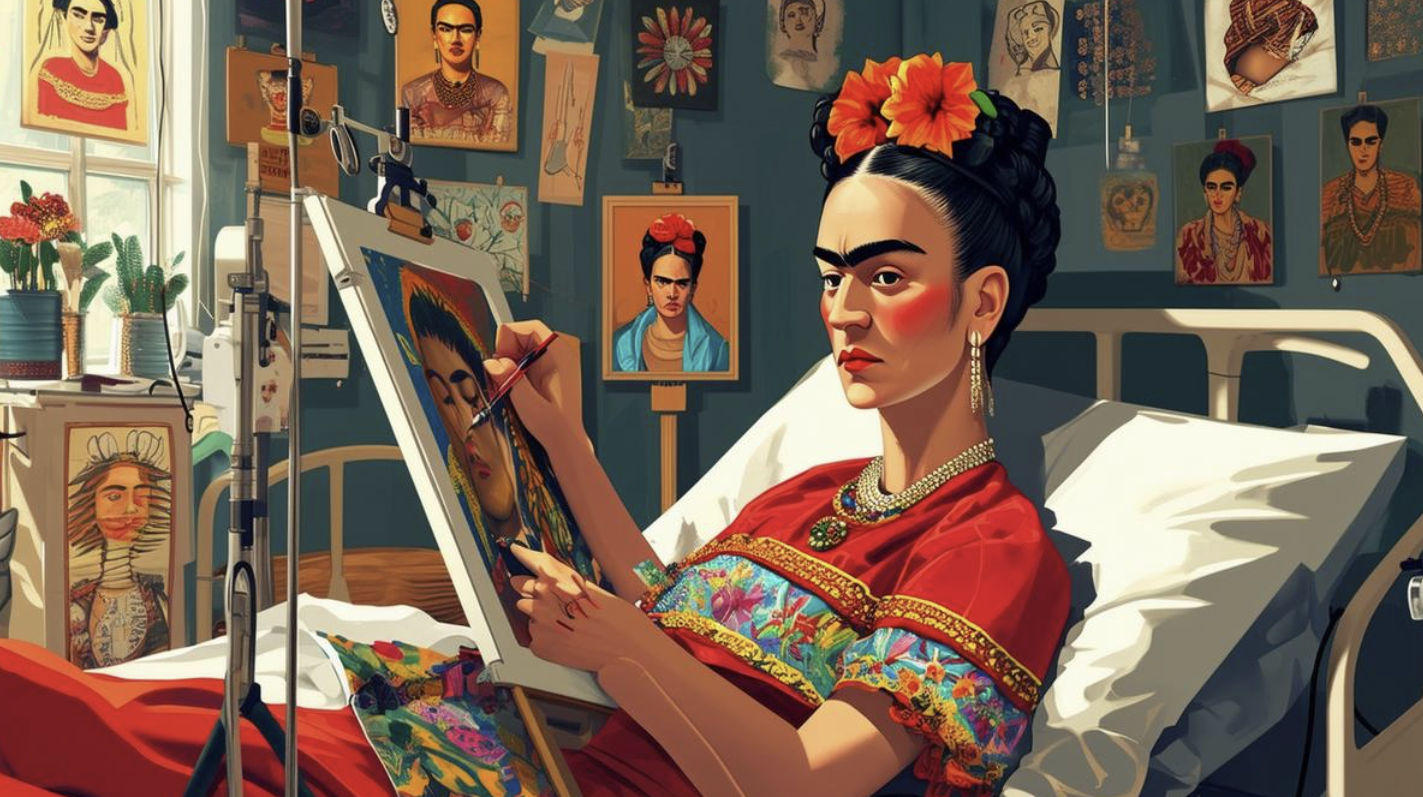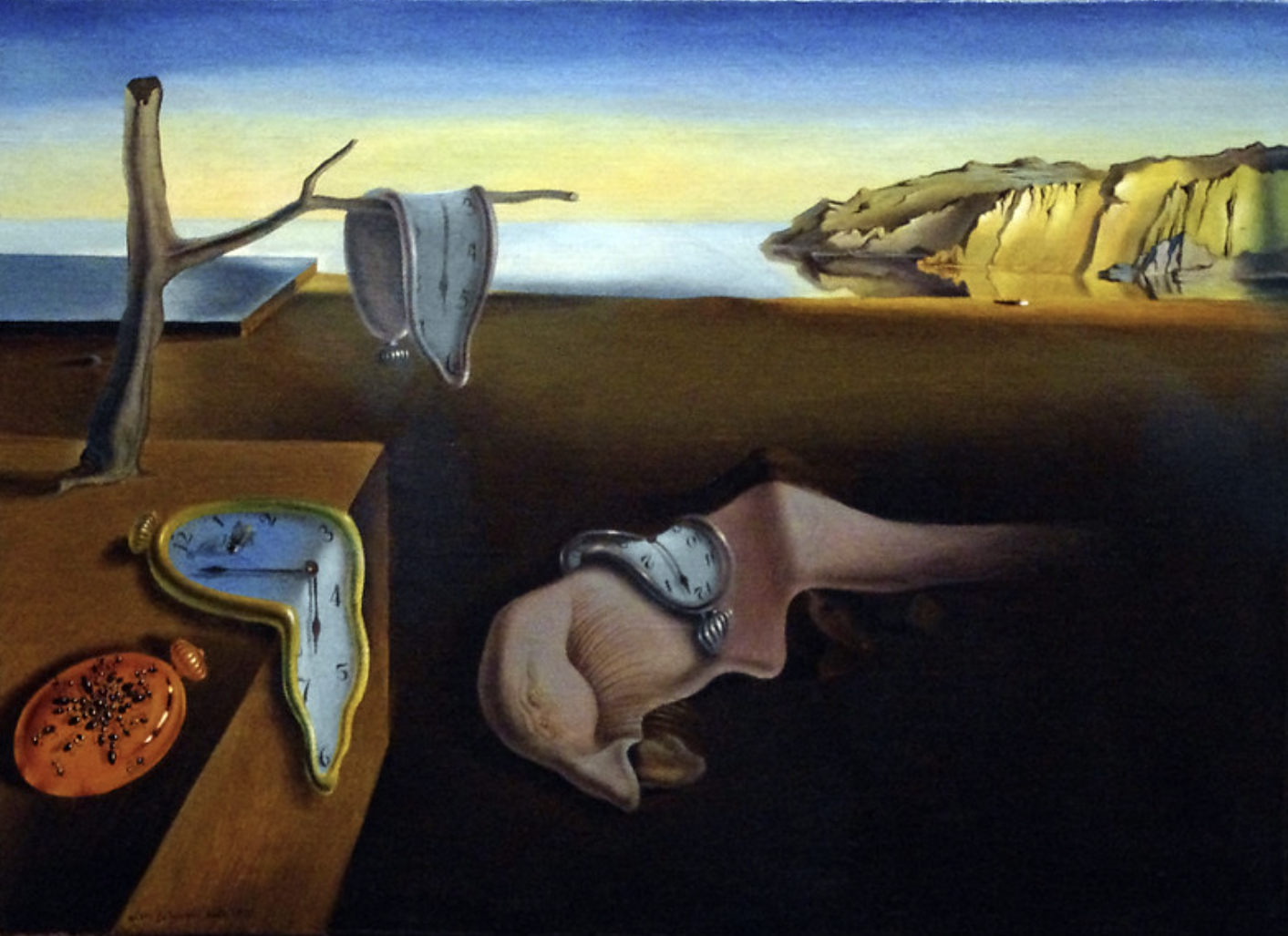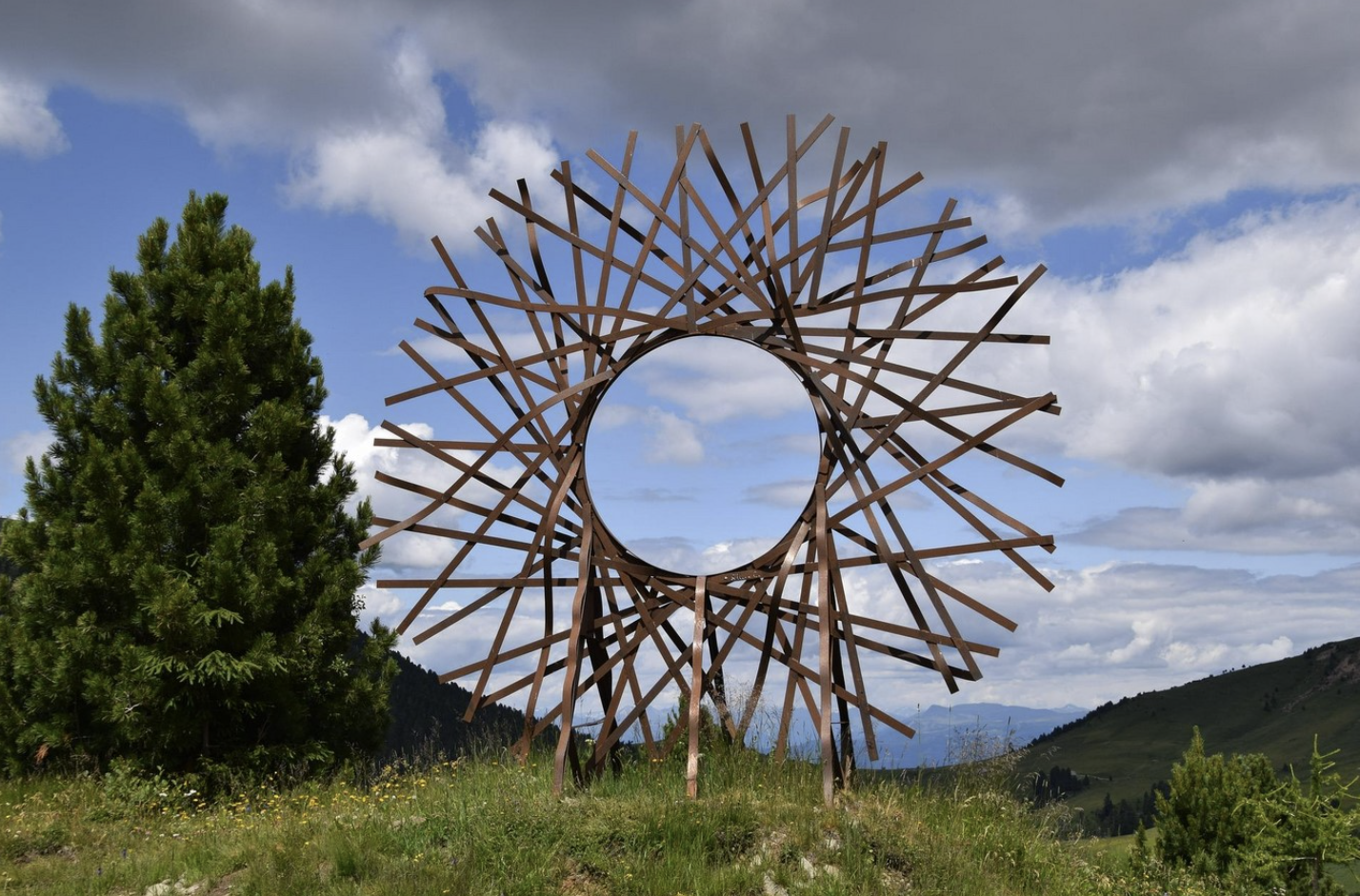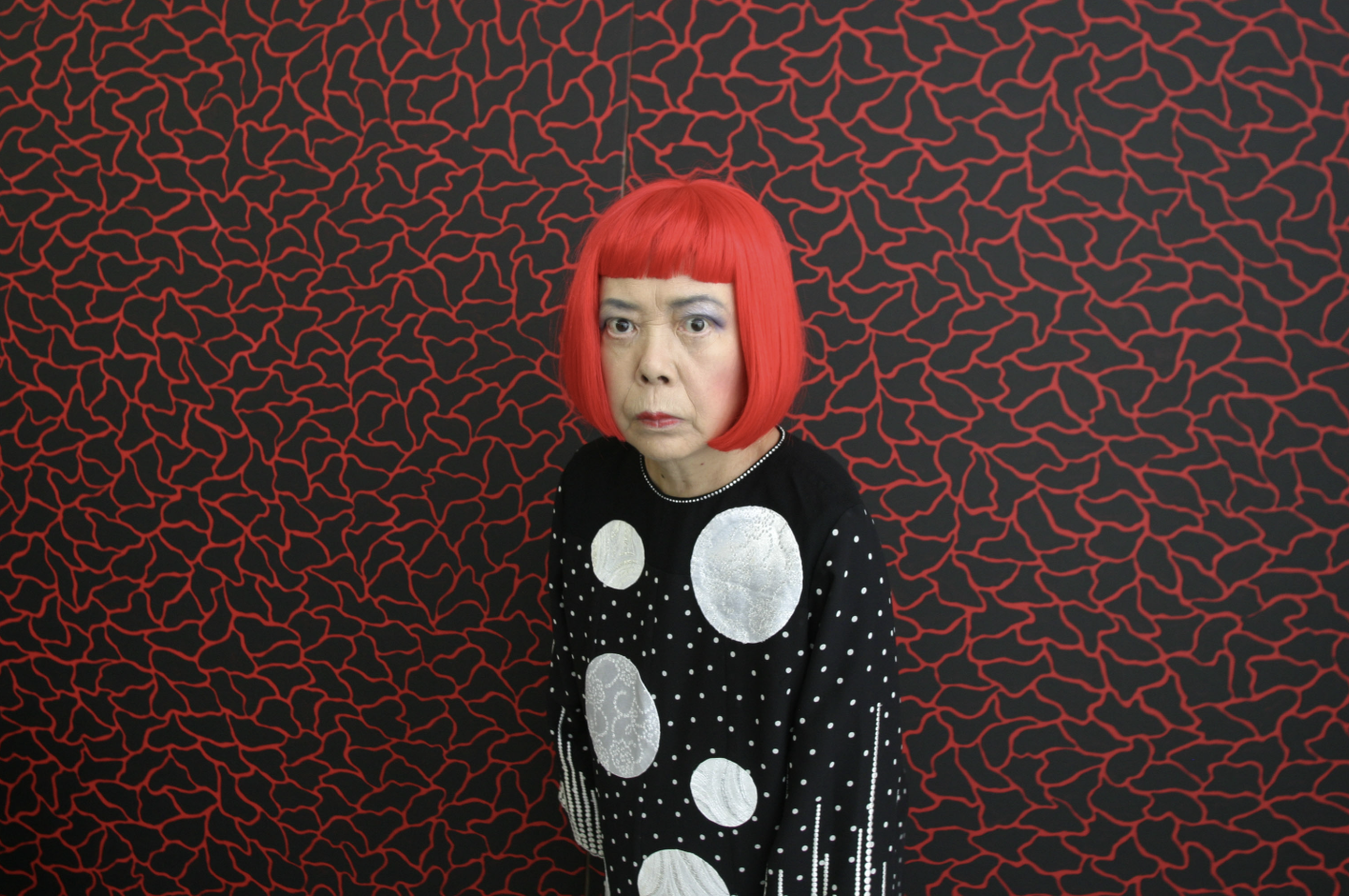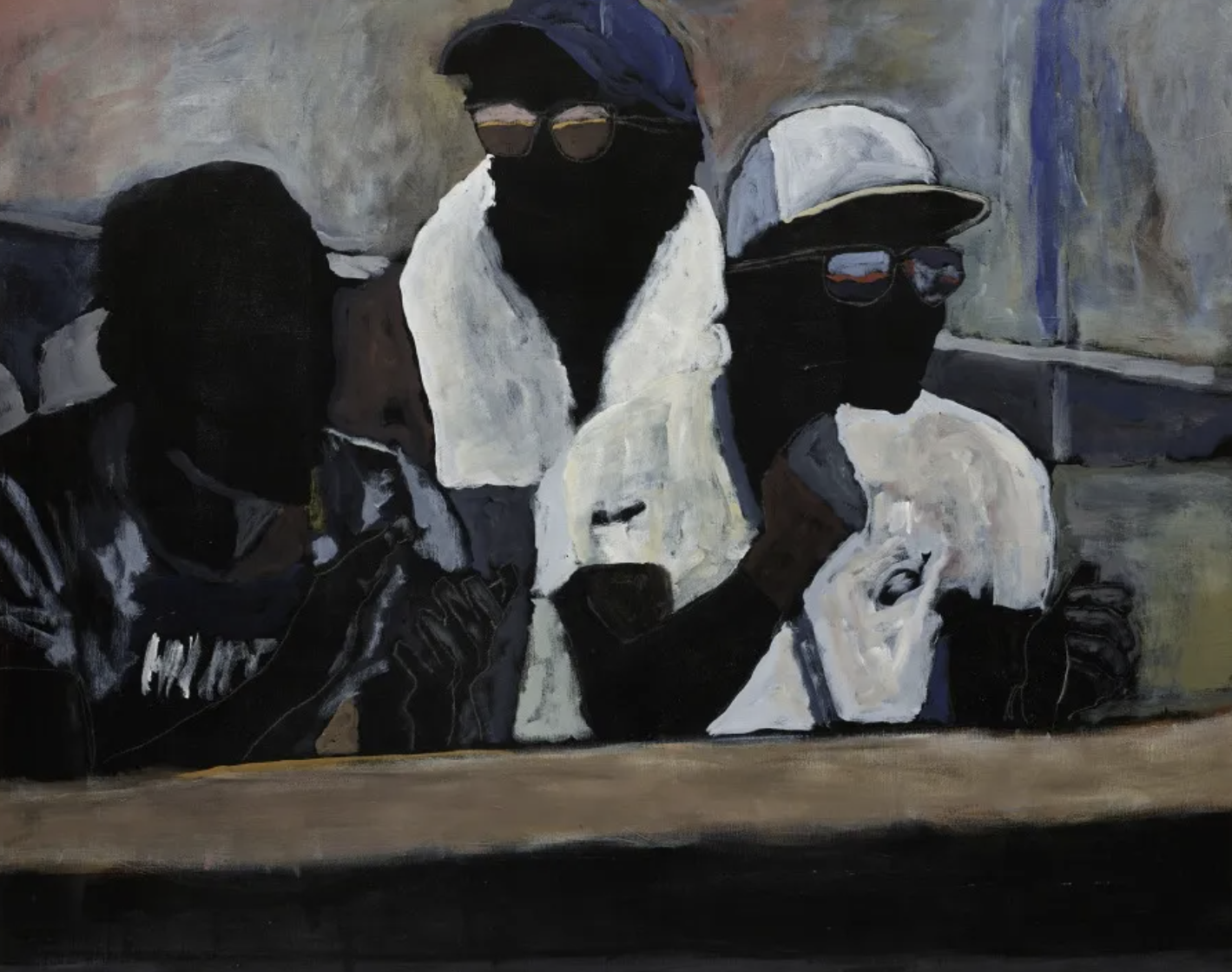
The evolution of art and cinema has always been intertwined, with many filmmakers drawing inspiration from visual arts like painting. Over time, these two forms of expression have merged in powerful ways, influencing each other and creating unique artistic movements. In this blog post, we explore how art and cinema have influenced each other, from the Impressionist era to contemporary filmmakers.
Impressionism Meets Cinema: The Renoir Legacy
Cinema emerged during the peak of the Impressionist movement, a time when artists like Monet, Degas, and Cézanne were revolutionizing the way we perceive the world. The Impressionist style, with its focus on light, color, and movement, inspired early filmmakers to experiment with visual storytelling. Jean Renoir, a prominent filmmaker, was deeply influenced by the Impressionists, especially his father, the painter Pierre-Auguste Renoir. One of his films, Une Partie de Campagne (1936), echoes the style and themes of the Impressionist era, bringing the charm of this period into the cinematic world.
From Expressionism to New Objectivity: The Early Cinema Influence
In the early 20th century, German Expressionist filmmakers such as Fritz Lang and Friedrich Wilhelm Murnau made groundbreaking contributions to the world of cinema. Their films, like Nosferatu (1922) and Metropolis (1927), featured stark contrasts and unusual visual techniques that drew from the Expressionist movement in painting. Artists such as Max Beckmann and Otto Dix were part of the New Objectivity movement, which influenced films during this period, creating a visual language that felt both unsettling and modern.
American painter Edward Hopper was also inspired by this cinematic movement, incorporating the dramatic lighting and compositions found in Expressionist films into his own paintings. His work, with its moody and cinematic quality, reflects the influence of these films on visual art.
The Rise of Futurism, Dadaism, and Surrealism in Cinema
As cinema evolved, it became a natural fit for artists seeking to push boundaries. The Futurist movement in Italy celebrated technology and industrial progress, with early films like Thaïs (1917) by Anton Giulio Bragaglia using sharp contrasts and geometric designs to reflect these ideals.
Meanwhile, the Dadaists embraced cinema as a tool for experimentation. Their avant-garde films, including works by Hans Richter and René Clair, challenged conventional narrative structures and explored new ways of presenting rhythm and movement. The Surrealists, following in their footsteps, took the medium even further, with Luis Buñuel’s An Andalusian Dog (1929) being a prime example of how surreal imagery and film could merge to create a truly unique art form.
Cinema and Art in the Modern Era: From Hitchcock to David Lynch
The relationship between art and cinema deepened in the 1950s and 60s, as filmmakers like Alfred Hitchcock and François Truffaut looked to painters like Edward Hopper for inspiration. The visual compositions in their films often mirrored the stillness and emotional tension found in Hopper’s work.
In contemporary cinema, director David Lynch is known for blending the surreal with the everyday, creating dreamlike sequences that explore the dark side of American suburbia. His films, including Blue Velvet (1986) and Mulholland Drive (2001), are visual masterpieces that marry the uncanny with the familiar. Similarly, photographer Gregory Crewdson’s staged photographs echo Lynch’s exploration of the mysterious aspects of daily life, combining cinema, painting, and photography in a way that’s both haunting and beautiful.
Art, Cinema, and Painting: A Cross-Disciplinary Fusion
Over the years, many artists have drawn from cinema to enhance their own practices, while filmmakers have turned to the world of art for inspiration. Here are a few notable examples:
- Pop Art: Iconic American artist Andy Warhol, a key figure in the Pop Art movement, used cinema as a direct influence on his work. He even made his own experimental films, such as Sleep (1963) and Vinyl (1965), reflecting the intersection of visual art and film.
- Video Art: Video art has emerged as a new medium that blends technology with traditional art forms. Artists like Sophie Calle, Chantal Akerman, and Bill Viola have used video to create powerful narratives and installations, bridging the gap between visual art and cinematic storytelling.
Notable Artistic Films to Watch
Biopics that explore the lives of famous artists have become an increasingly popular genre, especially since the 1990s. These films bring the worlds of art, cinema, and painting together, offering viewers a glimpse into the lives and minds of legendary creators. Some must-see films include:
- Lust for Life (1956) – The story of Vincent van Gogh’s turbulent life
- Frida (2002) – A biopic about the life of Frida Kahlo
- Pollock (2000) – Focusing on the life of abstract expressionist Jackson Pollock
- Basquiat (1997) – A look at the life of the graffiti artist turned painter Jean-Michel Basquiat
- Mr. Turner (2014) – A film about the last years of British painter J.M.W. Turner’s life
These films and others highlight the deep connection between the worlds of cinema and art, showcasing how these two mediums continue to influence one another.
In conclusion, the relationship between art and cinema is a rich and evolving one. From the Impressionists to modern filmmakers like David Lynch, the blending of visual art and cinematic storytelling has created some of the most powerful and influential works of our time. Whether through painting, film, or video art, the connection between these creative forms continues to shape the cultural landscape.


